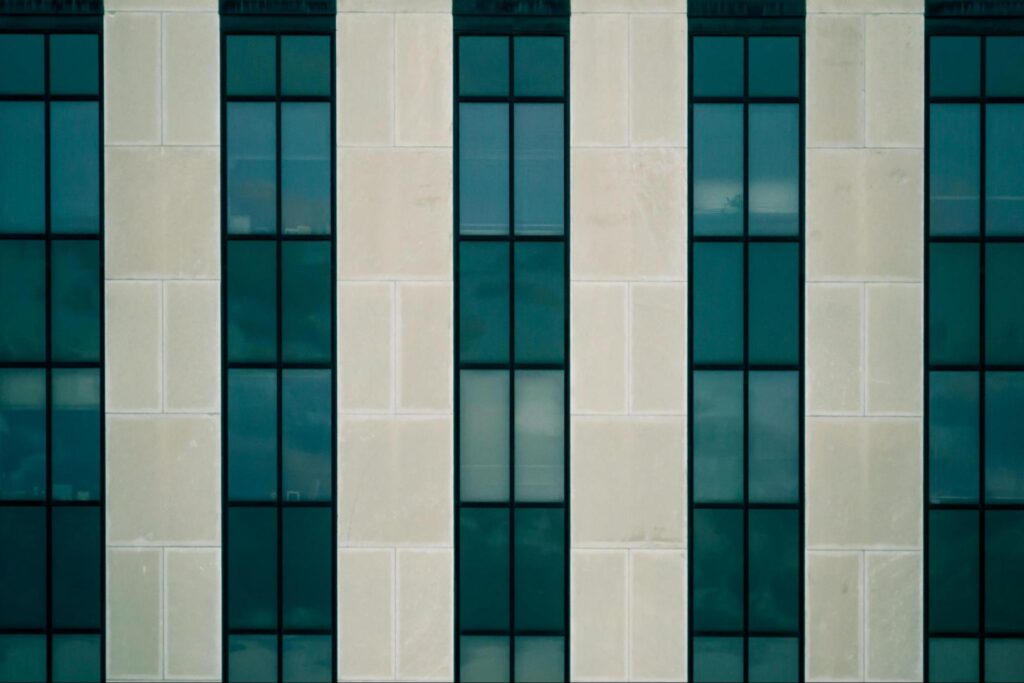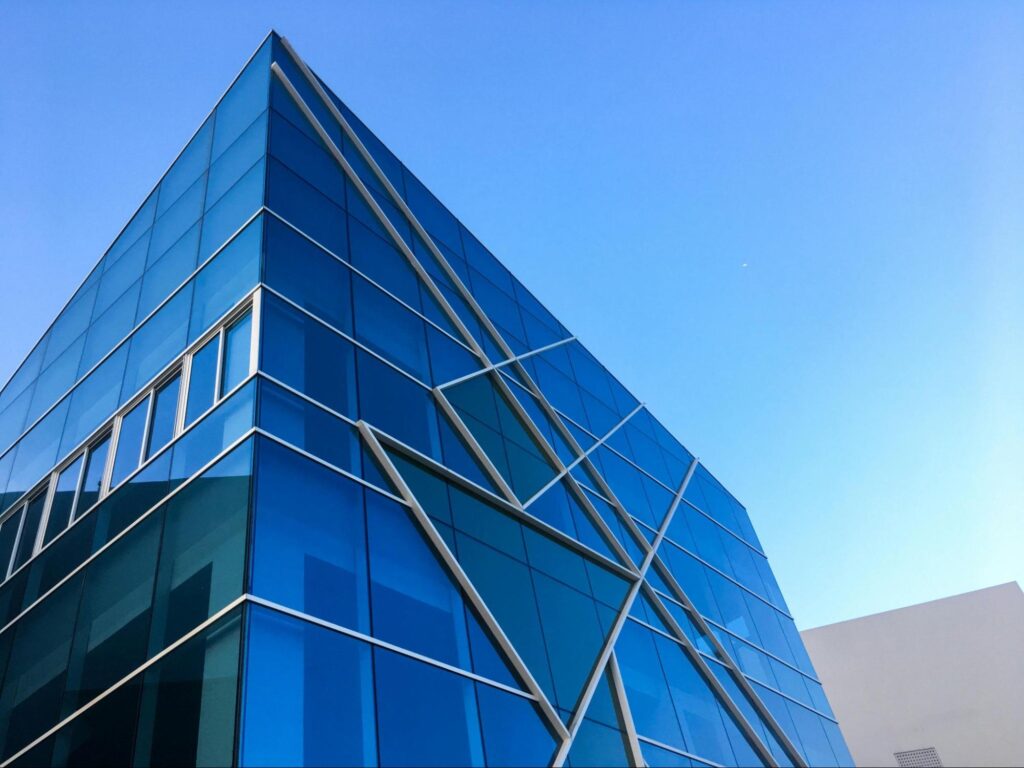In the realm of home and car window improvements, non-reflective window tints have become increasingly popular. This form of window tinting not only enhances privacy and safety but can also make a statement with its sleek appearance. If you’re considering non-reflective window tint for your vehicle or property, it’s essential to understand the ins and outs of this versatile solution. From the basics and benefits to the various types and installation processes, this article aims to guide you in exploring the world of non-reflective window tint.
Understanding Non-Reflective Window Tint
The Basics of Non-Reflective Window Tint
Non-reflective window tint, also known as non-metallic window tint, is a thin film applied to windows to reduce glare, heat, and harmful UV radiation. Unlike reflective window tint, this type does not create a mirroring effect when viewed from the outside. Instead, it maintains clarity while providing effective protection.
Non-reflective window tint is composed of multiple layers, each serving a specific purpose. The outer layer is scratch-resistant, ensuring durability and longevity. The middle layer contains UV-blocking properties, shielding occupants from harmful radiation. The inner layer is designed to provide heat reduction, keeping interiors comfortable in all weather conditions. Together, these layers work harmoniously to create a safe and comfortable environment.
Benefits of Non-Reflective Window Tint
There are several compelling benefits to choosing non-reflective window tint for your home or vehicle. Firstly, it blocks a significant amount of the sun’s UV rays, ensuring the protection of your skin and reducing the chance of fading for furniture, flooring, and upholstery. Secondly, it helps to regulate heat, keeping interiors cooler during hot weather. Additionally, non-reflective window tint enhances privacy by reducing visibility from the outside, safeguarding your personal space and belongings. Finally, it adds a touch of style and elegance to any property or vehicle, boosting aesthetic appeal.
Moreover, non-reflective window tint is available in various shades and hues, allowing you to customize the look of your windows to complement your existing decor. Whether you prefer a subtle tint for a sleek appearance or a darker shade for increased privacy, there is a wide range of options to choose from. Additionally, the installation of non-reflective window tint is a cost-effective way to improve energy efficiency. By reducing the amount of heat entering your home or vehicle, you can lower your reliance on air conditioning, ultimately saving on energy costs.
Different Types of Non-Reflective Window Tint
Dyed Window Tint
Dyed window tint is the most common type of non-reflective window tint. It consists of a layer of dye that absorbs sunlight and reduces glare. While effective at blocking UV rays and minimizing interior heat, dyed window tint is not as long-lasting as other options. Over time, it may fade or discolor, requiring replacement.
One of the key advantages of dyed window tint is its affordability compared to other types of window tint. This makes it a popular choice for those on a budget looking to enhance the aesthetics and functionality of their vehicle or home windows. Despite its lower cost, dyed window tint still provides a significant level of protection against harmful UV rays, helping to prevent sun damage to interior furnishings and skin.
Metallic Window Tint
Metallic window tint incorporates small metallic particles into the film, giving it a reflective appearance from the outside. This type of tint offers excellent heat and glare reduction, making it ideal for warm climates. However, metallic window tints can interfere with electronic signals and may not be suitable for vehicles equipped with GPS or other satellite-dependent systems.
Another benefit of metallic window tint is its added privacy feature. The reflective nature of the metallic particles not only helps in reducing heat and glare but also acts as a one-way mirror, preventing outsiders from peering into your vehicle or home. This added layer of security can be particularly appealing for individuals looking to increase privacy without compromising on style.
Carbon Window Tint
Carbon window tint is a premium option known for its durability and high performance. It features a carbon layer that blocks both heat and UV radiation effectively. Carbon window tint does not fade or discolor over time, making it a popular choice for those seeking a long-term window tinting solution.
In addition to its superior heat rejection properties, carbon window tint is also valued for its sleek matte finish that enhances the overall look of any vehicle or building. The deep black color of carbon tint adds a touch of sophistication and elegance, making it a favored choice among individuals who prioritize both function and aesthetics when it comes to window tinting.
Choosing the Right Non-Reflective Window Tint
When it comes to selecting the perfect non-reflective window tint for your vehicle or home, several crucial factors should be taken into account. Beyond just the aesthetic appeal, it’s essential to consider the specific purpose of tinting. Are you looking to enhance privacy, reduce heat, protect against harmful UV rays, or perhaps a combination of these benefits? Understanding your primary goal will help you narrow down the options available in the market.
Moreover, before making a decision, it’s imperative to familiarize yourself with the local regulations governing window tint darkness and visible light transmission levels. Ensuring compliance with these rules not only avoids potential legal issues but also guarantees that you reap the maximum benefits from your chosen tint. Remember, different areas may have varying restrictions, so it’s crucial to do your research beforehand.
Factors to Consider
When selecting non-reflective window tint, several factors should be taken into account. Consider the specific purpose of tinting, whether it is for enhanced privacy, heat reduction, UV protection, or a combination of these benefits. Additionally, check your local regulations regarding window tint darkness and visible light transmission levels to ensure compliance. Finally, take into consideration the aesthetic appeal and overall look you wish to achieve.
Comparing Different Types
To aid in your decision-making process, it’s important to compare the different types of non-reflective window tint available. Evaluate the pros and cons of each option, considering factors such as durability, heat reduction capabilities, and any potential impact on electronic devices. Additionally, take into account the overall cost and budgetary considerations.
Furthermore, durability is a key aspect to keep in mind when choosing non-reflective window tint. Opting for a high-quality tint that can withstand daily wear and tear will ensure longevity and cost-effectiveness in the long run. Some tints may offer additional features like scratch resistance or easy maintenance, which can be beneficial for busy individuals looking for a low-maintenance option.
Installation Process of Non-Reflective Window Tint
Non-reflective window tint is a popular choice for those looking to enhance the aesthetics and functionality of their vehicle or property. The installation process, whether done as a DIY project or by a professional, plays a crucial role in achieving the desired outcome.
DIY Installation
Embarking on a DIY installation of non-reflective window tint can be a rewarding experience for those who enjoy hands-on projects. The process typically involves carefully cleaning the windows, precisely measuring and cutting the tint film, and skillfully applying it to ensure a seamless finish. While some DIY kits come with detailed instructions and tools, it is essential to approach the task with patience and attention to detail to avoid any creases or air bubbles that may affect the final result.
Moreover, taking the time to research techniques and best practices for window tint installation can help novices feel more confident in their abilities. However, it is important to note that DIY installation may not always guarantee the same level of precision and durability as professional installation.
Professional Installation
Opting for professional installation of non-reflective window tint offers a range of benefits that can elevate the overall quality of the result. Experienced technicians possess the skills and knowledge to assess the specific needs of each project, ensuring that the tint is applied accurately and efficiently. Additionally, professional installers have access to high-quality materials and tools that may not be readily available in standard DIY kits.
Furthermore, many professional installation services provide warranties that cover issues such as peeling, bubbling, or discoloration, offering customers added protection and peace of mind. By entrusting the installation to professionals, individuals can enjoy a flawless finish that not only enhances the appearance of their windows but also provides long-lasting performance.
Maintenance and Care for Non-Reflective Window Tint
Non-reflective window tint not only enhances the aesthetic appeal of your vehicle or home but also provides functional benefits such as UV protection and heat reduction. To ensure that your window tint continues to serve its purpose effectively, proper maintenance and care are essential.
Cleaning Tips
To maintain the longevity and appearance of your non-reflective window tint, it is important to follow proper cleaning techniques. Use a mild, non-abrasive cleaning solution and a soft microfiber cloth to avoid scratching the film. Avoid using ammonia-based cleaners, as they can damage the tint. Regular cleaning helps to remove dirt, dust, and fingerprints for optimal clarity and performance.
Additionally, consider using a dedicated window tint cleaner that is specifically formulated to protect the tint film and prolong its lifespan. These cleaners often contain ingredients that help to repel dust and dirt, making maintenance easier and more effective.
Repair and Replacement
Accidents can happen, and if your non-reflective window tint becomes damaged or starts peeling, it is best to address the issue promptly. Small tears or minor damage may be repairable, but in some cases, complete replacement may be necessary. Consult with a professional window tinting service for expert advice and assistance in restoring your tint to its original condition.
Regular inspections of your window tint can help you identify any issues early on, allowing for timely repairs and preventing further damage. By taking proactive measures to care for your non-reflective window tint, you can enjoy its benefits for years to come.
Conclusion
In conclusion, non-reflective window tint offers a range of benefits, including UV protection, heat reduction, privacy, and enhanced aesthetics. With options such as dyed, metallic, and carbon window tints to choose from, finding the right one for your needs is essential. Consider factors such as purpose, local regulations, and budget when making your selection. Whether you opt for DIY installation or hire a professional, proper maintenance and cleaning will ensure that your non-reflective window tint remains in optimal condition. By taking the time to explore your options and make informed decisions, you can enjoy the many advantages that non-reflective window tint has to offer.


